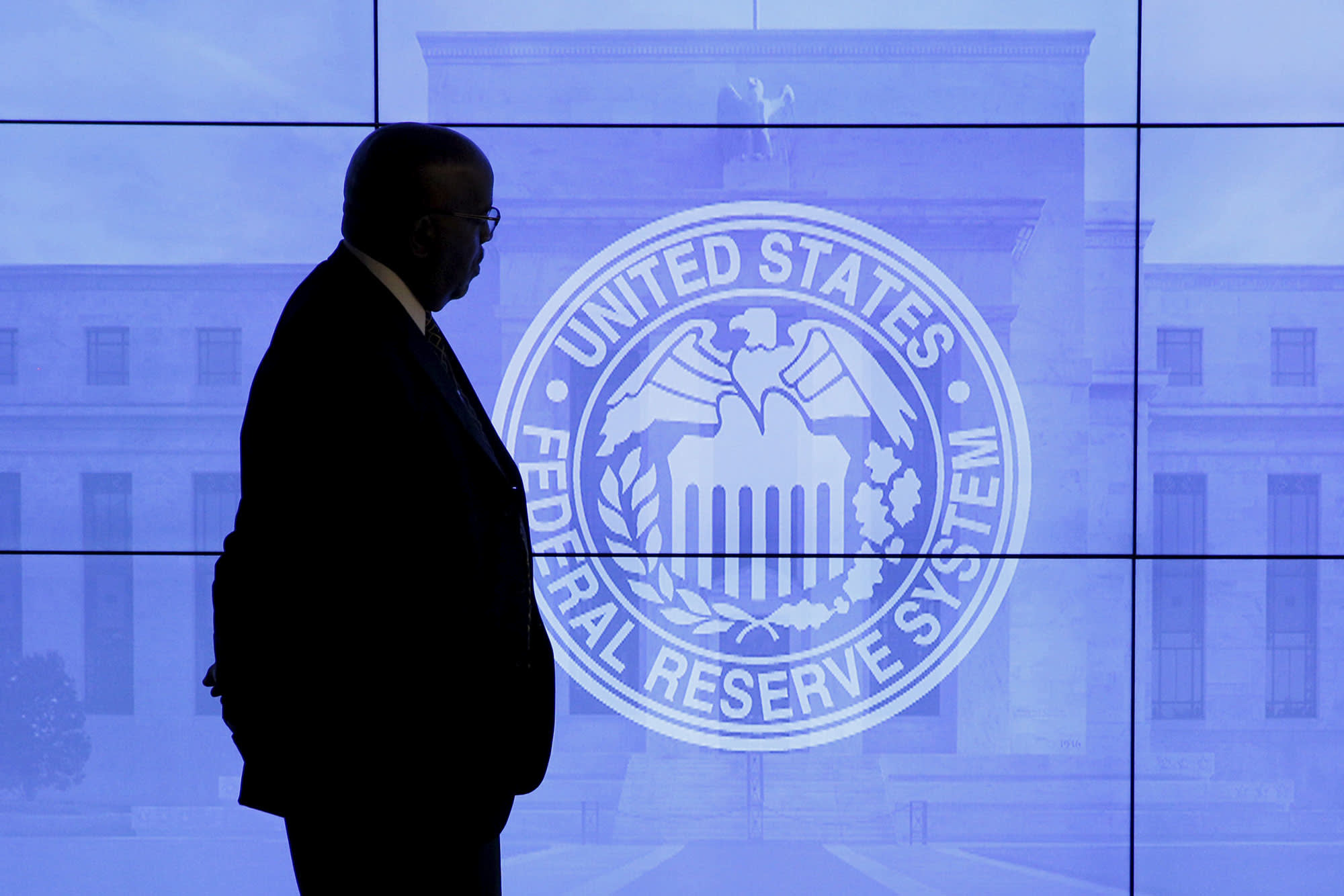Inflation data from May will show that the price increases that have been bedeviling consumers for the past two years are slowing down.
The question, though, will be whether that deceleration will be enough to convince Federal Reserve officials that they can stop raising interest rates and let the U.S. economy breathe on its own for a while.
related investing news
The consumer price index, set to be released Tuesday morning at 8:30 ET, is expected to show that all-items inflation increased just 0.1% last month, equating to a 4% annual rate, according to the Dow Jones consensus estimate. Excluding the volatile food and energy components, CPI is forecast to rise 0.4% and 5.3% respectively.
Those kinds of numbers could encourage policymakers that inflation is headed in the right direction, after it peaked above 9% in June 2022.
“The most encouraging thing is the year-over-year growth rates are going to come down pretty sharply,” said Mark Zandi, chief economist at Moody’s Analytics. “The headline number is going to feel good, it’s going to be encouraging, showing inflation is moving in the right direction. More fundamentally, I think inflation is moving in the right direction.”
Indeed, inflation has come a long way since it began surging in the spring of 2021. Pandemic-related factors such as clogged supply chains and outsized demands for goods over services combined with trillions in monetary and fiscal stimulus to send inflation to its highest level since the early 1980s.
After a year of insisting inflation wouldn’t last, the Fed in March 2022 began what would be a series of 10 interest rate hikes. Since then, inflation has been on a gradual descent, but still far away from the central bank’s 2% target.
Tuesday’s report is expected to be enough to convince policymakers on the Federal Open Market Committee to skip a rate hike this meeting as they await incoming data and decide the longer-term policy trajectory.
“Inflation is coming in and they might get a number that gives them comfort that things are moving in the right direction,” Zandi said. “They don’t need to raise rates again.”
What to watch
There will be several key variables to watch in the May CPI report.
One will be an anomaly: Core inflation likely will look much stronger than headline, an unusual occurrence being that the former takes into account fewer variables and excludes food and energy that tend to run hotter. The discrepancy is largely the result of year-over-year comparisons that will entail a period when gasoline was on its way to over $5 a gallon at the pump, a condition that has since abated.
Other parts of the report worth looking at closely are used vehicle prices, which jumped 4.4% on a monthly basis in April and are expected to be strong again in May. Shelter costs make up about one-third of the CPI weighting, but Fed officials are counting on them to decline later this year. Economists also are looking for air fare and lodging costs to rebound in May.
“Inflation has been trending downward for the last year,” said Dean Baker, co-founder of the Center for Economic and Policy Research. “If this trend continues, the Fed can declare victory and focus on the employment side of its mandate. However, inflation is still well above the Fed’s [2%] target, so the question is whether the downward path is continuing or whether we have hit a plateau.”
While market expectations are for the Fed to skip this meeting, one final hike is considered likely in July before an extended pause that now is projected to last into the early part of 2024, according to a CME Group gauge of trading in the fed funds futures market.
The CPI report, plus another month’s worth of data before the Fed’s July 25-26 meeting, could go a long way in determining whether the market is correct or if officials decide they have more work to do.
“Whether or not they can get a soft landing depends on large part on how inflation plays out,” said Bill English, a former Fed official who is now a finance professor at the Yale School of Management. “If inflation stays high, they just have to raise rates more. It may be the path for employment and output that’s consistent with getting inflation down to 2% in a couple of years is not one that you would like.”


